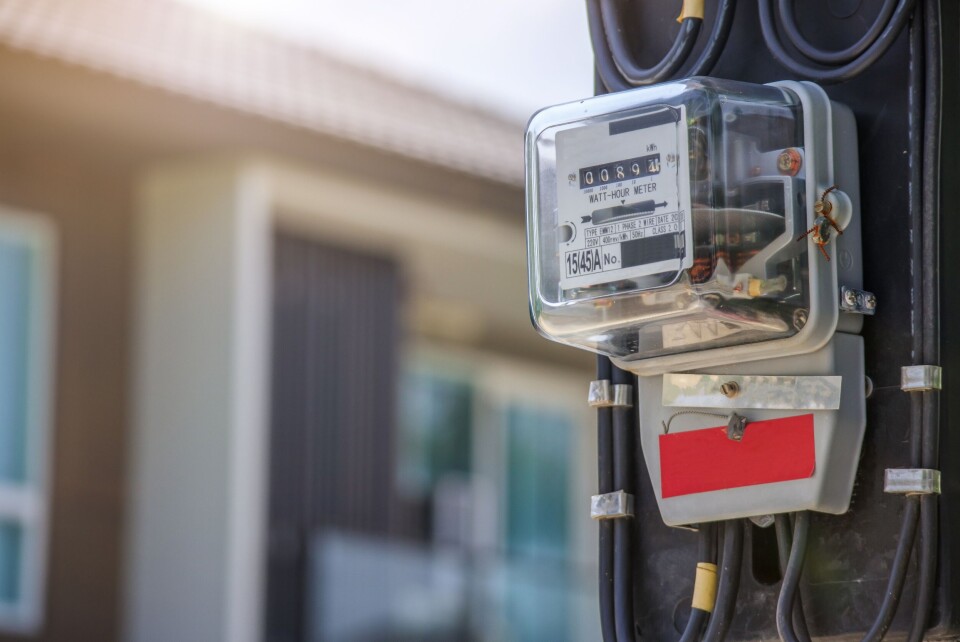-
Workers in France can take 17-day break using only eight days of leave in 2026
Favourable calendar for public holidays makes extended May break possible, with five guaranteed long weekends throughout year
-
David Hockney among France’s New Year honours list
Former Normandy resident awarded second grade of honour
-
Warnings over off-piste skiing in French Alps after American dies
Skier hit head on exposed rock during lesson with instructor
What is new ‘pinky’ electricity meter being installed across France?
It is aimed at building and district level rather than at individual homes. We explain who will get one and why

You may have heard recently about ‘Pinky’ and seen photos on social media of a pink electricity meter that looks surprisingly similar to the bright green Linky meter which has been rolled out across France. But what is it? And who will get it?
What is it?
Je découvre le compteur "Pinky", j'en veux un ! C'est tellement mieux que le vert moche https://t.co/0TOscLHc9C pic.twitter.com/SIkZiFFytp
— Dandu (@DandumontP) November 24, 2020
Pinky, the so-called “little brother” to Linky, is a fuchsia pink electricity meter that, like its big brother, collects and transmits electricity use data in real time.
It was developed by French electricity distributor Enedis which started work on it in 2018. Initially around 50 meters were installed in six regional departments before a year later the testing programme was rolled out to 25 departments and some 1,000 meters.
They are currently installed in certain of Enedis’ low and medium voltage substations.
Who will get it?
Pinky is aimed, and can be targeted, at buildings or district level rather than individual flats or homes, to assist with the energy transition of local authorities. Pinky is not intended for individual properties,
Read more:Energy, Linky, post: Thirteen changes affecting life in France in 2023
When?
Pinky meters are already running in Montpellier, Lyon, Bordeaux, Nice and Paris as part of Enedis’ tests to evaluate for their efficiency and cost effectiveness.
These tests have been successful, by the end of 2023 5,000 Pinkys will be installed throughout France.
Why?
Now to the crux of the matter - why are these meters being installed? Whereas a Linky could be considered more of a use for individual households to monitor their energy usage, Pinky meters will help Enedis manage energy demands on a more macro level.
For example a meter can tell Enedis how much electricity an area or building is using or, alternatively, is contributing to the national grid (for example via solar panels).
It can also measure the surrounding temperature, any strains on the electricity supply and the transformer load.
Data is transmitted every 10 minutes and should help to predict – and so hopefully avoid – breakdowns occurring due to unexpected demands. It could also assist in allowing Enedis to work out, for example, where to install charge points for electric vehicles.
How is it different from Linky?
The principal difference is that while Linky is designed for individual households, Pinky is intended for entire buildings or neighbourhoods.
However, in the same way as Linky, it will help improve energy efficiency by analysing what is consuming the most electricity and by detecting abnormalities.
It can even take corrective measures, for example by alerting a building manager to equipment that has been left on unnecessarily.
Pinky does not need to be covered by an external network such as 4G to transmit data, it relies instead on ‘powerline’ communication.
Read also
Energy customers in France get cash bonus for saving power over winter
How to sell energy to the grid from your solar panels in France
























